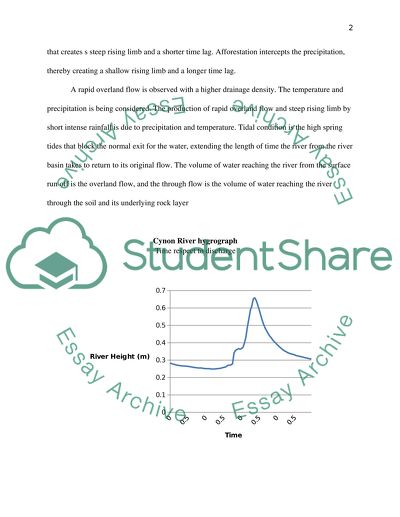Cite this document
(“Storm Drainage Design Project Assignment Example | Topics and Well Written Essays - 1500 words”, n.d.)
Storm Drainage Design Project Assignment Example | Topics and Well Written Essays - 1500 words. Retrieved from https://studentshare.org/technology/1523885-storm-drainage-design-project
Storm Drainage Design Project Assignment Example | Topics and Well Written Essays - 1500 words. Retrieved from https://studentshare.org/technology/1523885-storm-drainage-design-project
(Storm Drainage Design Project Assignment Example | Topics and Well Written Essays - 1500 Words)
Storm Drainage Design Project Assignment Example | Topics and Well Written Essays - 1500 Words. https://studentshare.org/technology/1523885-storm-drainage-design-project.
Storm Drainage Design Project Assignment Example | Topics and Well Written Essays - 1500 Words. https://studentshare.org/technology/1523885-storm-drainage-design-project.
“Storm Drainage Design Project Assignment Example | Topics and Well Written Essays - 1500 Words”, n.d. https://studentshare.org/technology/1523885-storm-drainage-design-project.


